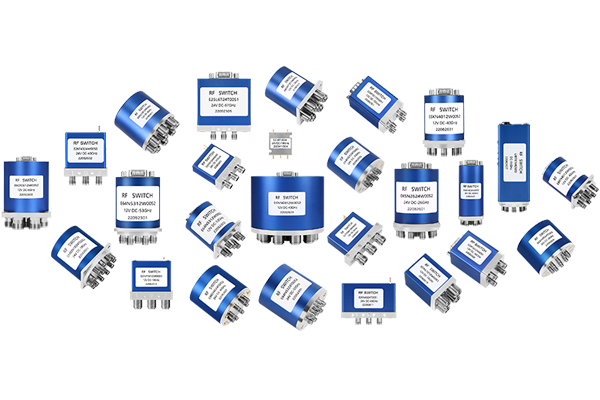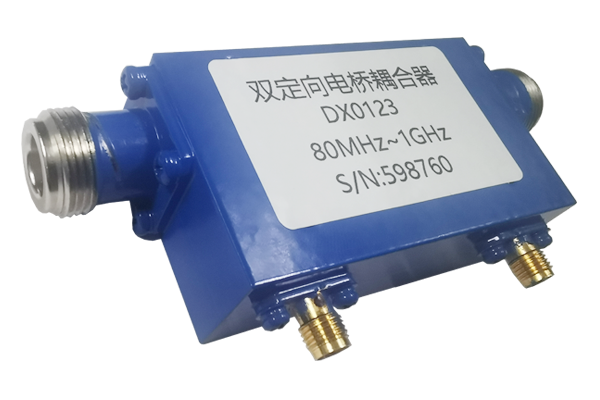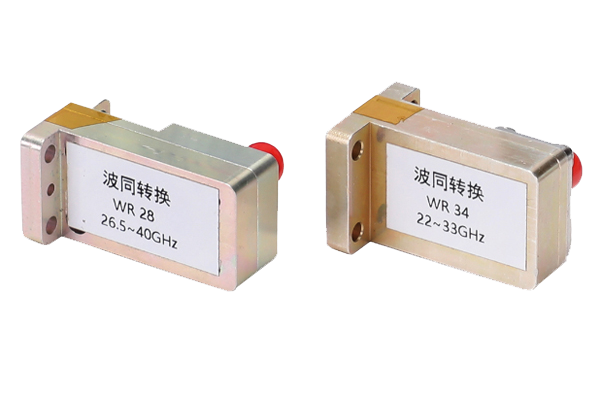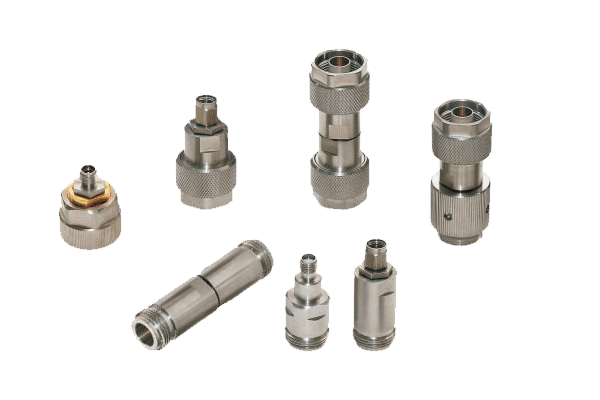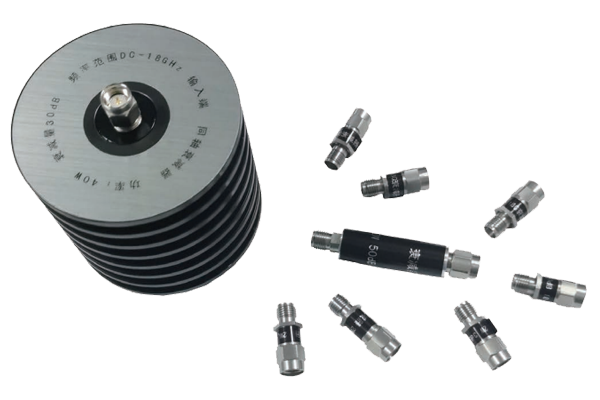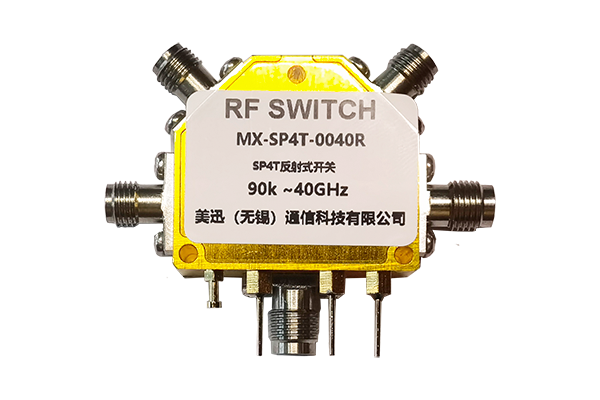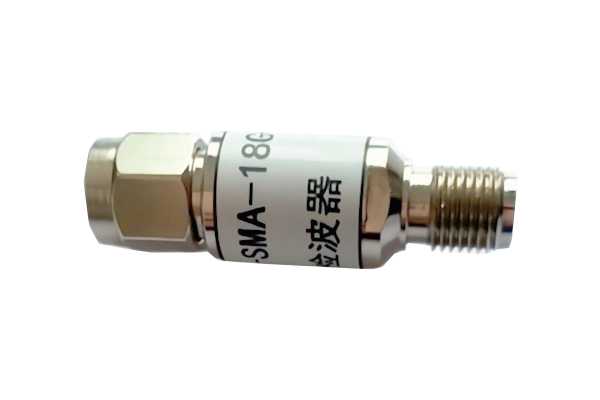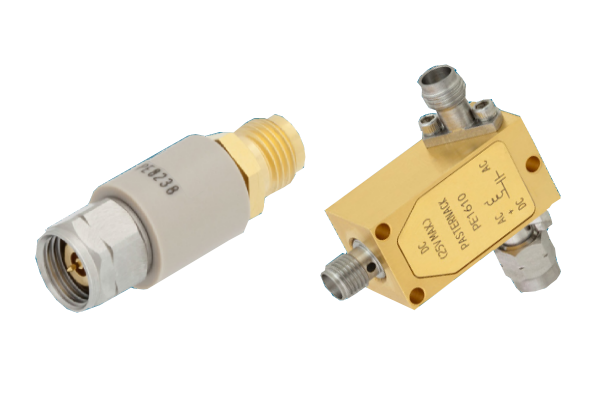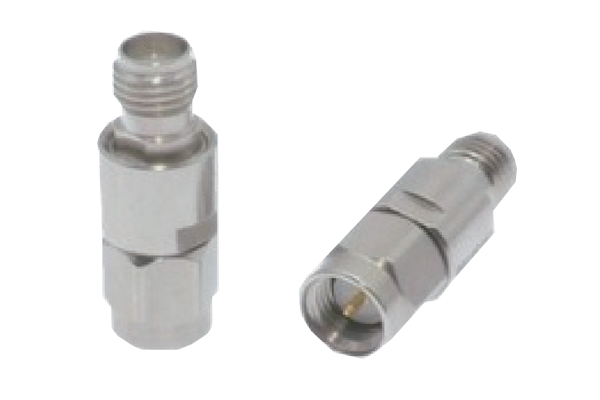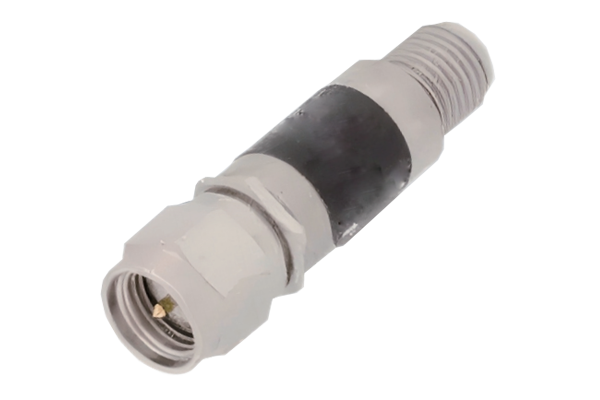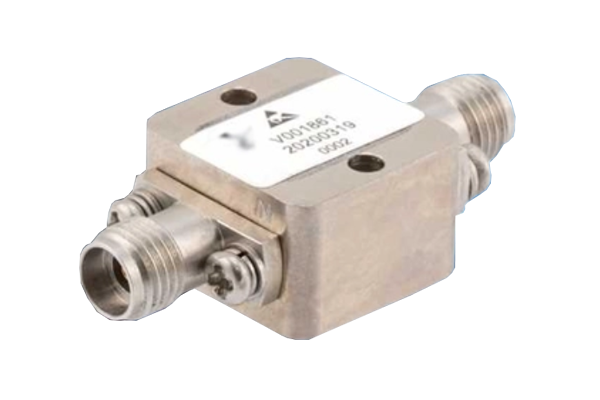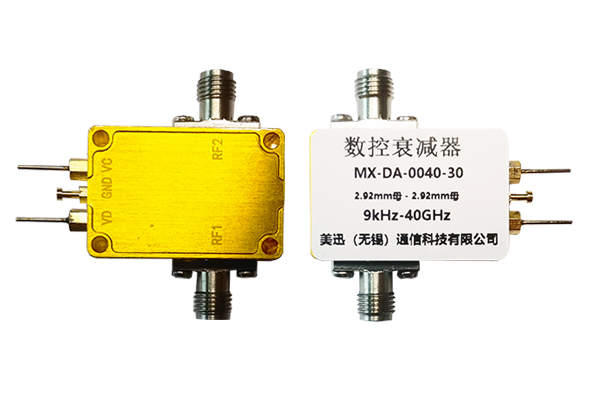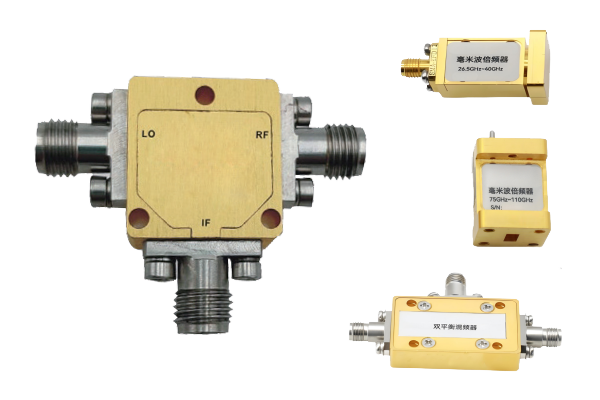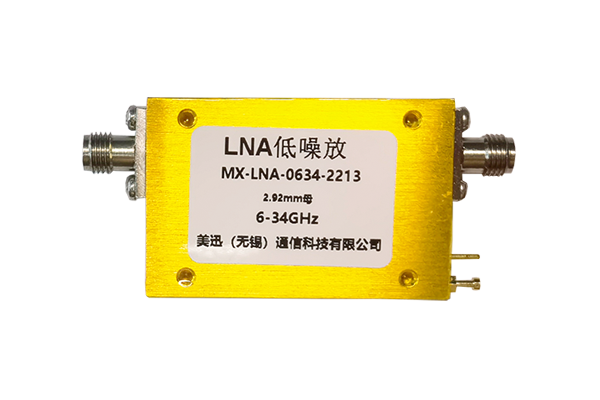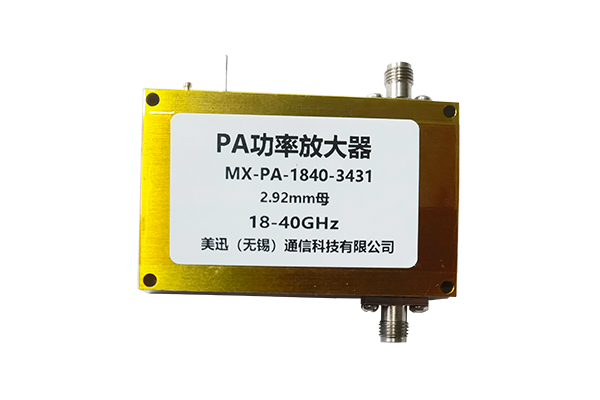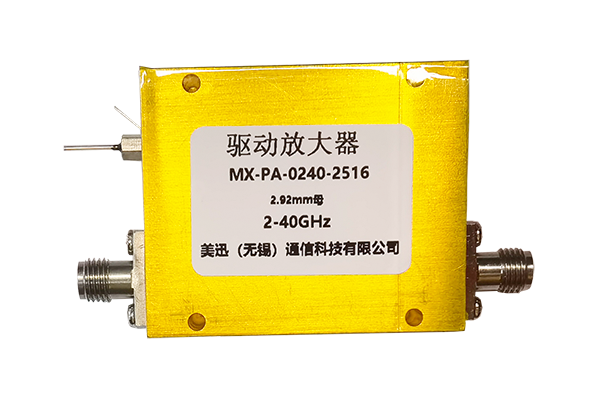Will environmental humidity affect the stability of the pin diode switch
Environmental Humidity Impact
on PIN Diode Switch Stability
Material Property Changes
Humidity penetrates hygroscopic materials (plastic package/PCB substrate), causing:
- Dielectric constant change: Moisture increases material dielectric constant, introducing parasitic capacitance that shifts RF circuit resonant frequency and decreases isolation.
- Metal layer corrosion: Accelerates electrochemical corrosion of bonding wires and pins in humid environments.
Electrical Performance Deterioration
- Leakage current increase: At 85% humidity, silicon-based PIN diodes show leakage current increase from 1nA to 100nA, causing 5-8dB isolation decrease in low-frequency band.
- Carrier mobility reduction: In GaAs/SiC devices, moisture forms oxide layers that scatter carriers, shortening minority carrier lifetime by 15-20% and slowing switching speed (e.g., rise time from 5ns to 8ns).
Structural Reliability Reduction
- Delamination/cracking: Humidity cycles induce stress from thermal expansion mismatch. Silicon-epoxy resin differences may cause bonding layer delamination, increasing thermal resistance by 30%.
- Package expansion: Hydrophilic polymer volume expansion after moisture absorption can misalign diodes and matching networks, causing sudden insertion loss increases or isolation drops.



